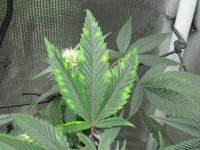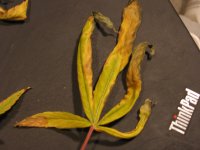chilliwilli
Waterboy
I would give it a good soak and rinse before using it to get rid of possible sodium.There's a lot of powder in my bird's 'oyster shell' bag. The label says that it is oyster shell, coral, and clam shell. Can this powder, that is usually a waste, be used in these simple organic mixes?













